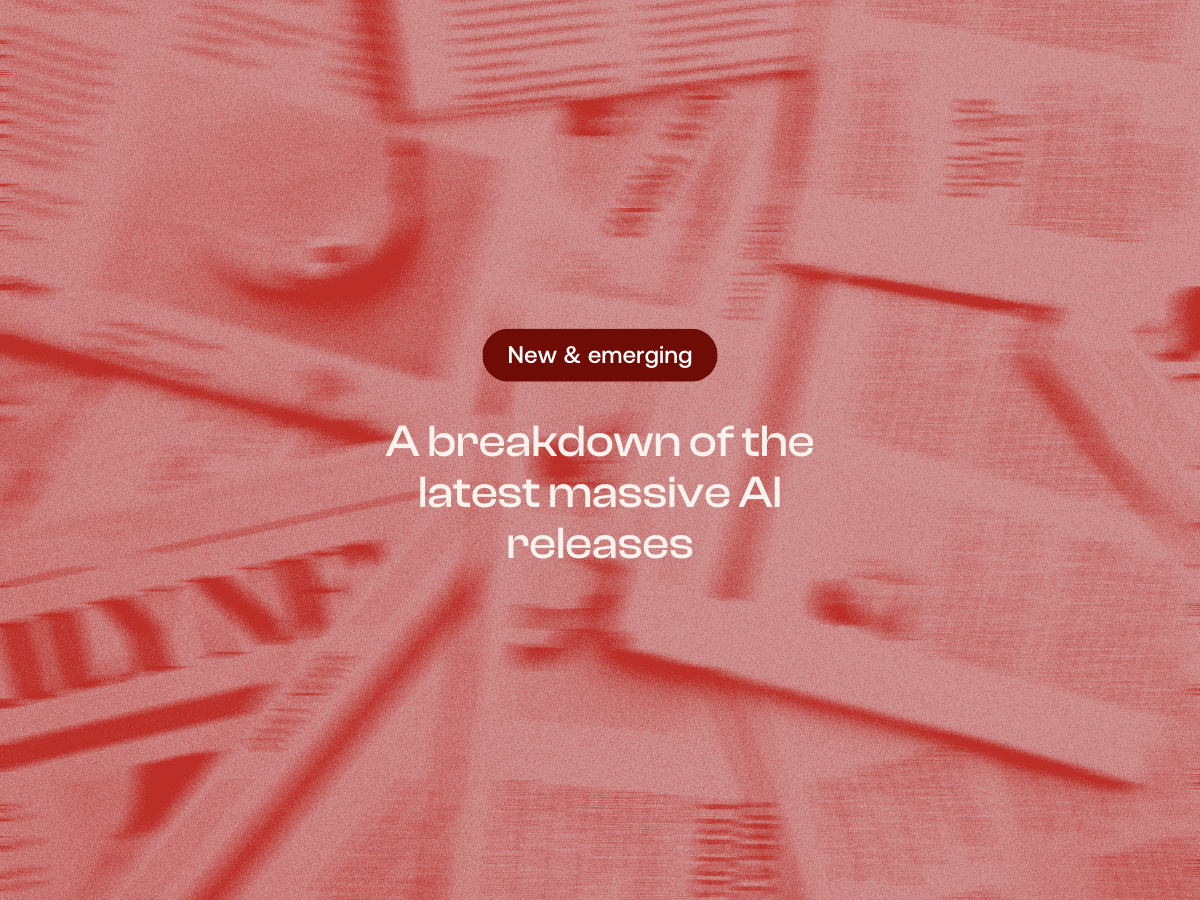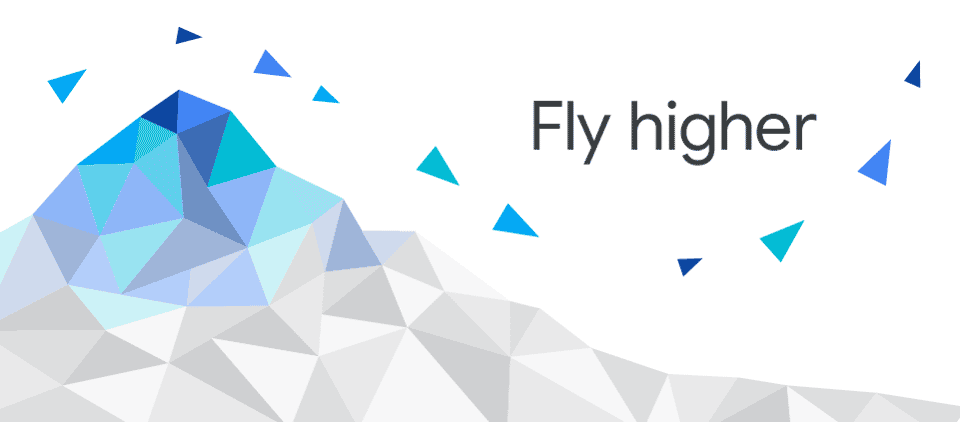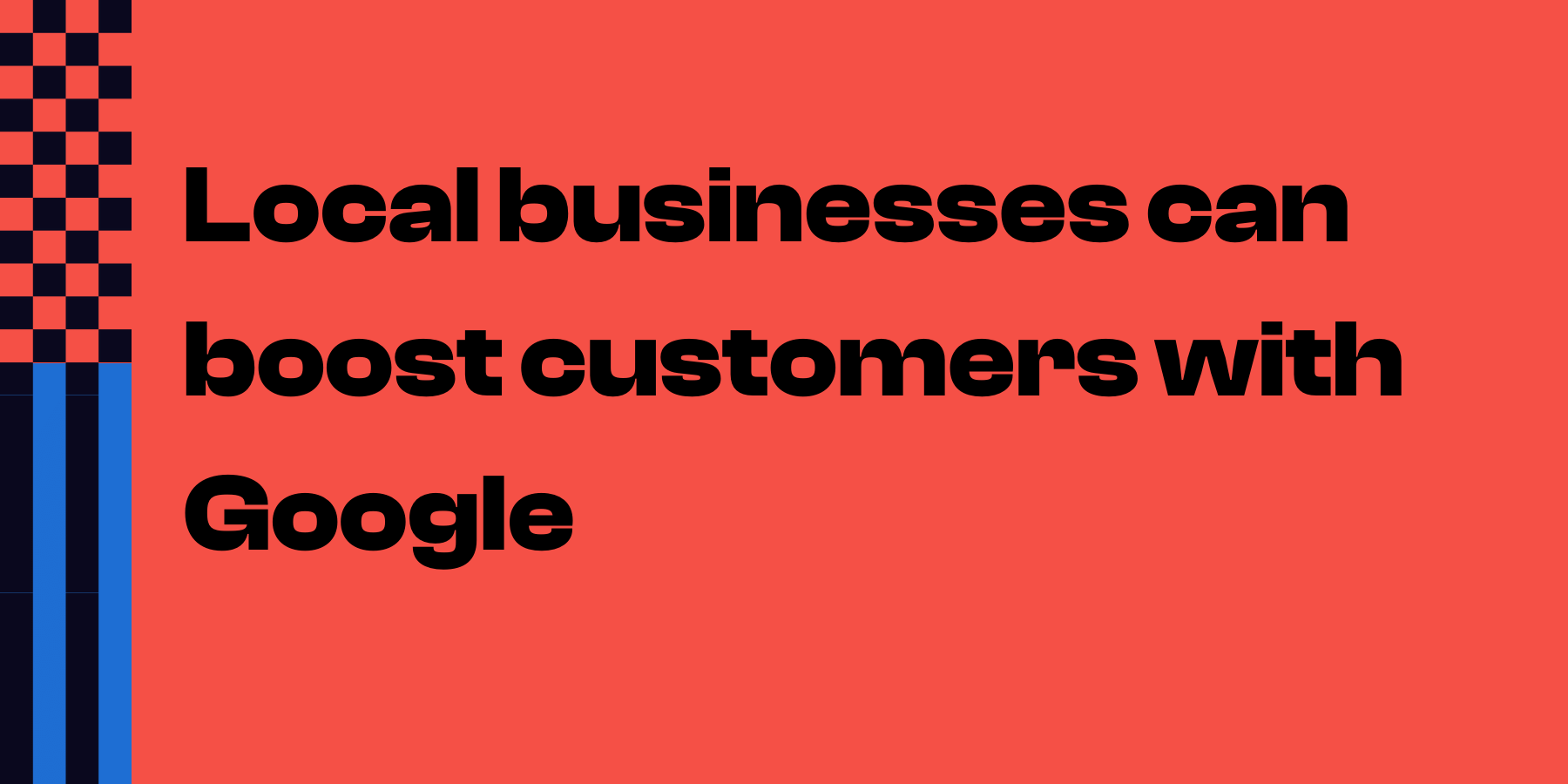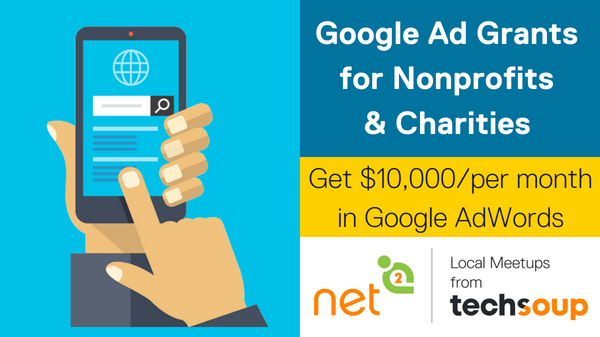The week that was in AI updates

Last updated: 26 November 2025
I don’t know about you but I feel like the AI world dropped an entire season’s worth of content in one week… and I happened to binge-watch it all.
I was lucky enough to get most of the week off last week. Not by choice. It was fuelled by a bug at the worst time of the year. But the tech world kept delivering the AI goods.
The large amount and quality of the releases show that the field of AI is not just growing. It is changing fast.
Here are the four big AI updates from the last week that I got most excited about.
Google's new flagship Gemini 3 Pro
The headline from last week has to be the drop of Google Gemini 3 Pro. Google's latest large language model has quickly reached the top of almost every key benchmark. Google have been slower releasing their models than OpenAI and Anthropic, but this solidifies their place as a strong competitor in the AI Grand Prix.
From a technical perspective, what makes it so compelling is its multimodal mastery. It wasn’t trained on text, then images, then audio and then video. It was trained to process text, image, audio and video inputs natively within a single architecture.
This means its reasoning and synthesis capabilities are genuinely integrated, leading to massive leaps into complex problem-solving. One report even had it crushing the competition in algorithmic coding and abstract visual reasoning.
If you are working with it, like our team is, a quick tip is to make sure you are using the 'Thinking with 3 Pro' model. The ‘Fast model’ still runs the older 2.5 Flash model and the performance gap is significant. You’ll get better quality, more complex reasoning and more accurate outputs from Pro.
The one area I still find Google are behind in is shared memory. This is especially true for us in a Workspace environment. The model continues to face challenges in easily accessing information from your previous chats. It’s a friction point that Google needs to solve to truly unlock enterprise-level agentic workflows. That’s the next evolution I’m waiting for.
Why you should care
The multimodal reasoning allows this model to simultaneously analyse complex inputs, leading to deeper, actionable strategic insights.
Ad creative gets a supercharge with Nano Banana Pro
The other massive release was Nano Banana Pro, Google’s new image generation model.
I have to say, this one is insane. I had a lot of fun trying it out. The quality is amazing, with outputs now reaching ultra-high 4k resolution.
The real game-changer is no more made-up words and text on images that seemed completely out of place. These problems made the models almost useless for client advertising mock-ups and creating marketing materials. You spent more time arguing with the model than making images.
Nano Banana Pro solves this. It allows for accurate and legible text. Its integration with Google Search means it can generate images with contextually and factually accurate details. This is perfect for producing infographics and up-to-date marketing visuals. I have no doubt this will change the advertising creative game forever.
At Digital Adelaide this year, the Chief Marketing Officer of RAA, Michael Healy, openly said they were working on a completely AI produced advertising campaign. This ad has now dropped. Here’s what LinkedIn’s Robin O’Connell had to say about it. What do you think?
Why you should care
Nano Banana Pro will very quickly move away from being the latest shiny thing that everyone wants to play with to the ultimate creative tool. It will be used to drive advertising campaigns, not just because it can, not just for the sake of it, but because it is truly incredible and the world deserves to use it!
Models like Nano Banana Pro will change the way people create their ad creative, develop brand style guides, create marketing materials, and use images for their social posts.
It is quickly becoming THE place to go for creation, and we can now barely tell what is AI generated and what isn’t.
If you work in marketing, as a graphic designer, or as a social media manager, give Nano Banana Pro a try.
Google Antigravity IDE is a developer's new home
The third drop is another Google product. This one targets the developer workflow. Antigravity is a new agent-based Integrated Development Environment (IDE). If you have tried AI tools for software development like Cursor or Windsurf, this is Google’s belated entry into that area. It builds on their earlier offerings, like Firebase Studio and the oddly named Jules with a Gemini 3 Pro led agentic focus.
Antigravity‘s core philosophy is agent-first. It’s built on the same VSCode foundation as Cursor, but radically flips the focus from code editing to agent orchestration. The agent can autonomously plan, execute and verify complex engineering tasks across the editor, terminal and browser.
It’s truly a mission control for software development. The current challenge? It’s free and open in preview but the API limits are extremely low.
You will face challenges quickly on any serious project. For those who have not yet seen the change to a fully agent-driven development process, the shift in thinking is huge. Go check it out. It’s a glimpse into the future of coding.
Why you should care
Antigravity represents a big step toward autonomous software development. This means the time and cost required to build custom tools, internal dashboards and complex landing pages will decrease.
If you’re a marketer, your ability to rapidly prototype and deploy campaigns that use to require custom code will be accelerated by these agent-based systems.
OpenAI fires back with GPT-5.1 Codex Max
Not to be outdone, OpenAI reminded us they are very much in the fight too. They released GPT-5.1 Codex Max. Yes, they went Apple-level insane on the naming conventions. But hey, can’t be worse than Nano Banana right?
This model is specifically designed for software development and agentic coding, built on the GPT-5.1 foundation.
It seems to have the largest context of any Codex model released to date. It can sustain complex, long-horizon coding tasks. Think multi-hour refactors or solving complex, multi-file bugs, but using a technique called compaction.
It smartly reduces and summarises its own history. This helps free up space for context without losing the main ideas of the session. This allows it to work on massive projects without running out of ‘memory’.
Why you should care
Codex Max is unmatched in endurance and memory. It will tackle the difficult, long term technical projects with fewer errors and interruptions. For a business, this means lower maintenance costs and more dependable custom tools that don’t constantly need developer intervention.
Why 2026 is the new AI tipping point
Gemini 3 Pro may have the general-purpose benchmark crown. However, Codex Max aims to grab developers' attention. It offers unmatched endurance for the toughest coding projects.
It’s clear that the AI race is intensifying. Both giants are focusing heavily on agentic capabilities and true multimodality. The real-world impact of these tools on creative design and software engineering workflows is going to be exponential.
If last week is any sign, 2026 will be the year AI changes. It will move from being impressive chat partners to autonomous end-to-end workers.
The pace is huge and there’s more coming!





.png)
